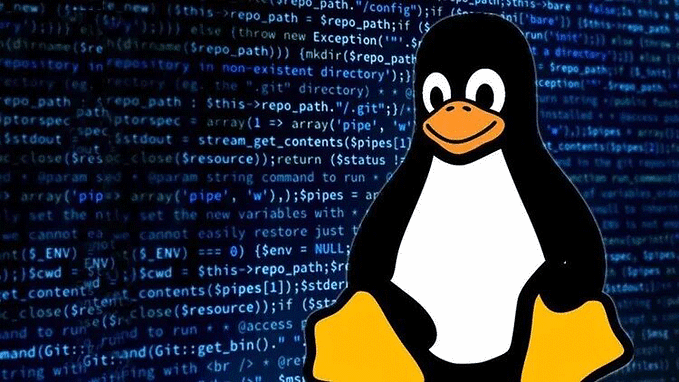This article provides a comprehensive guide for beginners on the
sedcommand in Linux, covering its history, use cases, and several handy tips and tricks. By masteringsed, you can handle text processing tasks with great efficiency, making it a valuable skill for anyone working with Linux.

Instructions
This article aims to provide a comprehensive guide for beginners on how to use the sed (stream editor) command in Linux. It covers the command's history, usage, parameters, common use cases, and tips and tricks.
History
The sed command was developed during the early days of UNIX and has been a part of Linux since its inception. It is widely used for text manipulation and is known for its efficiency and speed.
When and why to use it
sed is used when you need to perform text transformations efficiently on a file or stream. Its power lies in its ability to handle large files and its use of regular expressions for pattern matching and substitution, making it an essential tool for scripting and data wrangling.
How to use it
The basic syntax of the sed command is sed 'command' file_name.
$ echo "Hello World" | sed 's/World/example/'
Hello exampleThe commonly used parameters
-nsuppresses the automatic printing of the pattern buffer.
$ echo "Hello World" | sed -n 's/World/example/p'
Hello example-iedits files in-place (makes backup if an extension is supplied).
$ echo "Hello World" > temp.txt
$ sed -i 's/World/example/' temp.txt
$ cat temp.txt
Hello exampleOther supported parameters
-eallows multiple editing commands.-fallows you to specify a file that containssedcommands.-ruses extended regular expressions.-umakes the buffer unbuffered.
Most common use cases
A common use case for sed is to replace text in a file.
$ echo "Hello World" > temp.txt
$ sed -i 's/World/example/' temp.txt
$ cat temp.txt
Hello exampleThe tricky skills
sed can perform complex text transformations with a single line of command by chaining multiple commands.
$ echo "Hello World" | sed 's/Hello/Hi/; s/World/example/'
Hi exampleWhat needs to be noted
When using the -i option, be aware that it can alter files irreversibly. Always ensure that you have a backup, especially when working with important data.
Conclusion
sed is a powerful tool for text processing on the command line. With its help, you can perform complex text transformations efficiently and effectively. Mastery of sed will enhance your productivity in text manipulation tasks.









